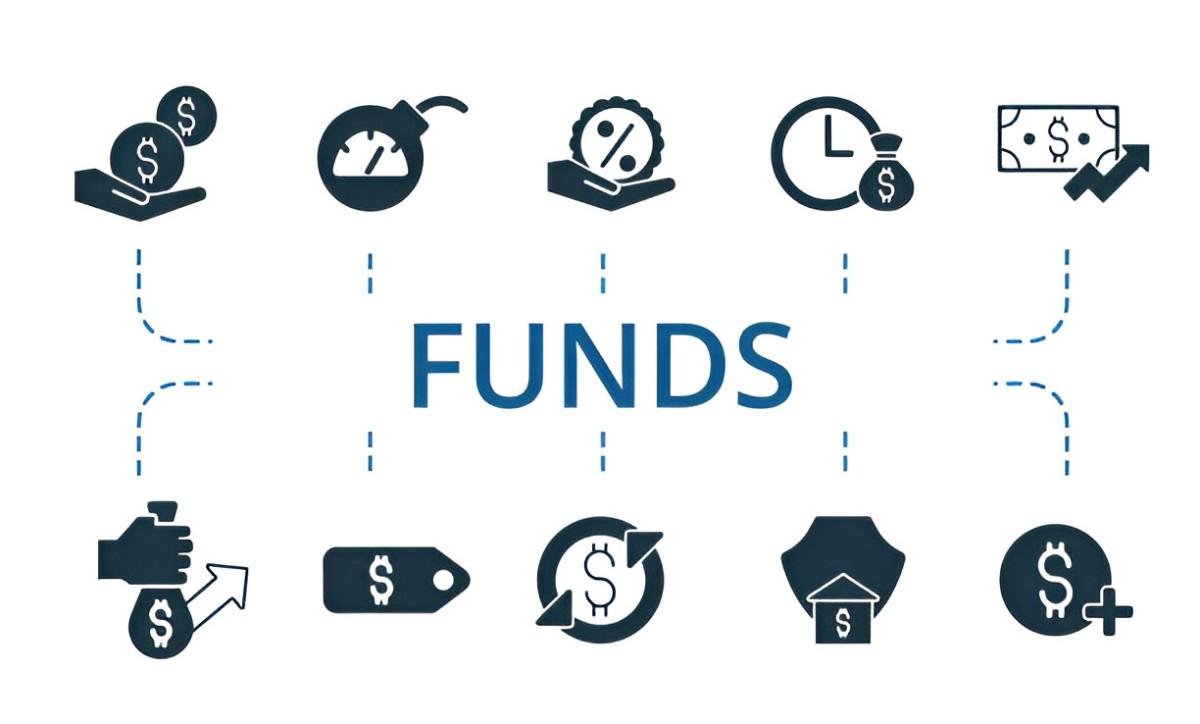After analyzing thousands of fund performances across market cycles, I’ve identified five distinct outcomes investors actually experience. Forget the marketing brochures – here’s what really happens with mutual fund investments.
Table of Contents
1. The Index Tracker (35% Probability)
What Happens:
The fund delivers returns almost identical to its benchmark, minus fees.
Characteristics:
- Annual tracking error <1%
- Typically low-cost index funds
- Outperforms 60-70% of active peers after fees
Example:
Vanguard 500 Index Fund (VFIAX) vs. S&P 500
10-year annualized: 12.1% vs. 12.2%
Expense ratio: 0.04%
Investor Impact:
You get exactly what the market gives, minus a tiny fee. Boring but effective.
2. The Mild Underperformer (40% Probability)
What Happens:
Fund trails its benchmark by 1-3% annually after fees.
Why It Occurs:
- High expense ratios (1%+)
- Excessive turnover (100%+ annually)
- Manager missteps
Example:
Average active U.S. large-cap fund
10-year return: 9.8% vs. S&P 500’s 12.2%
Average expense ratio: 0.82%
Investor Impact:
A $100,000 investment underperforms by $150,000+ over 20 years.
3. The Catastrophic Underperformer (15% Probability)
What Happens:
Fund dramatically trails benchmark by 4%+ annually.
Common Causes:
- Concentrated sector bets gone wrong
- Manager style drift
- Excessive cash drag
Example:
Legg Mason Capital Management Opportunity Trust (LMOPX)
10-year annualized: 3.1% vs. S&P 500’s 12.2%
Expense ratio: 1.70%
Investor Impact:
Portfolio-crippling losses relative to simple index alternatives.
4. The Temporary Outperformer (9% Probability)
What Happens:
Fund beats benchmark for 3-5 years, then reverts to mean.
Typical Pattern:
- Strong 3-year performance
- Inflows surge
- Performance collapses
- Assets flee
Example:
Fidelity Magellan Fund (FMAGX)
1980s: 29% annualized
2000s: -0.7% annualized
Investor Impact:
Most investors buy high (after outperformance) and sell low.
5. The Rare Consistent Winner (1% Probability)
What Happens:
Fund genuinely beats benchmark over 15+ years.
Hallmarks:
- Low fees (<0.75%)
- Low turnover (<30%)
- Concentrated portfolios (<40 holdings)
- Manager skin in game
Examples:
- Dodge & Cox Stock Fund (DODGX)
- T. Rowe Price Equity Income (PRFDX)
Investor Impact:
The holy grail – but nearly impossible to identify in advance.
The Performance Persistence Problem
Morningstar data shows:
- Only 12% of top-quartile funds stay there after 5 years
- 60% of winners become average or worse
- Past performance predicts future results less than 1% of the time
Smart Investor Strategies
For the 99%
- Use low-cost index funds (outcome #1 guaranteed)
- Automate contributions
- Ignore short-term performance
For Active Fund Believers
- Demand 10+ year track records
- Verify manager continuity
- Check ownership alignment
- Limit to 20% of portfolio
The Harsh Mathematics
Probability\ of\ Beating\ the\ Market = \frac{1}{Cost\ Differential + Skill\ Requirement}Where:
- Cost Differential = Expense ratio gap vs. index
- Skill Requirement = Manager alpha needed
For a typical 1% fee fund:
\frac{1}{0.01 + 0.02} = 33:1\ odds\ againstThe Bottom Line
After decades in this business, I’ve learned one brutal truth: The mutual fund industry is designed to make you think outcome #5 is common when it’s actually lottery-ticket rare. The smart money bets on outcome #1 through low-cost index funds, keeping more of what the market delivers. As the data shows, hope isn’t an investment strategy – but mathematics is.





